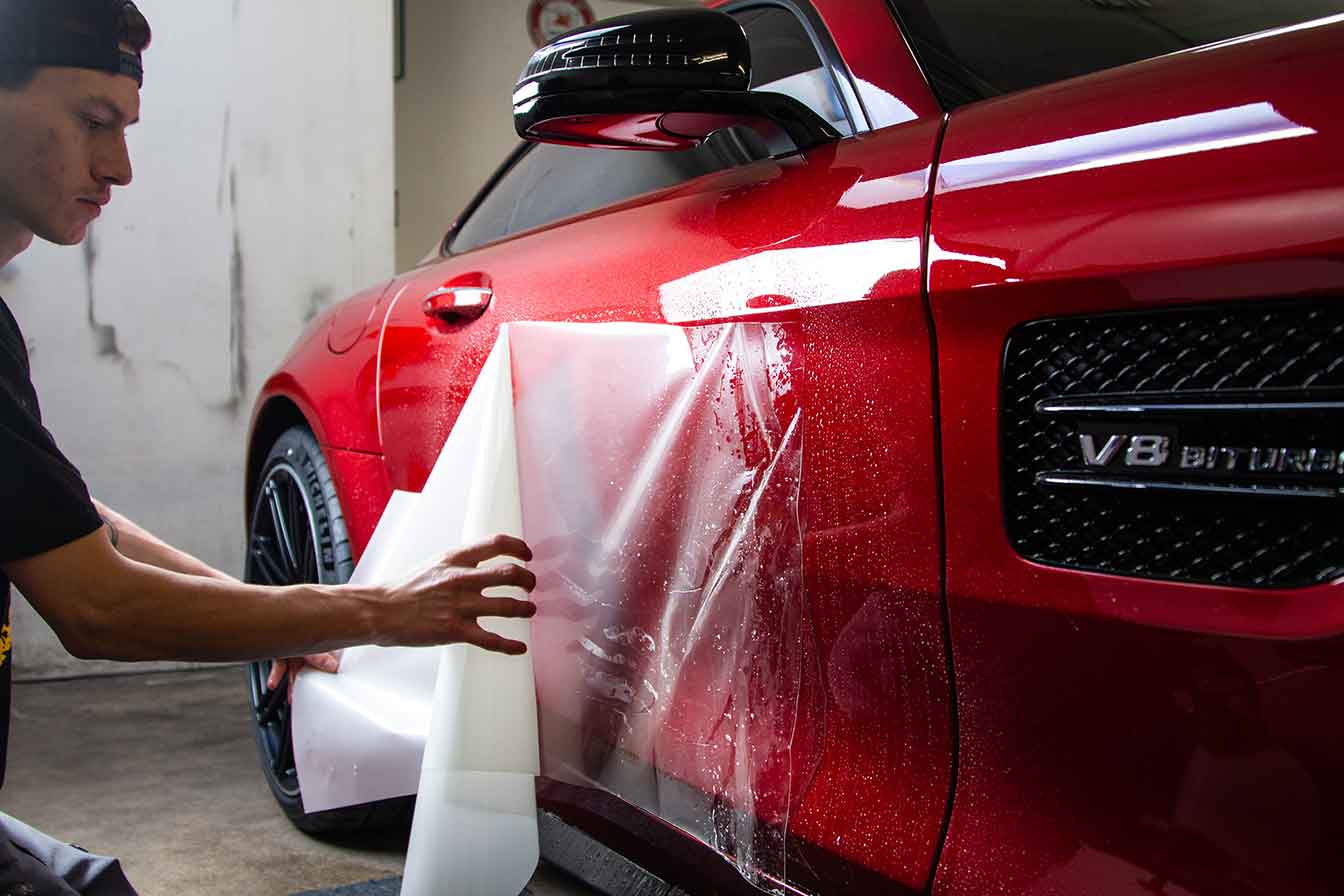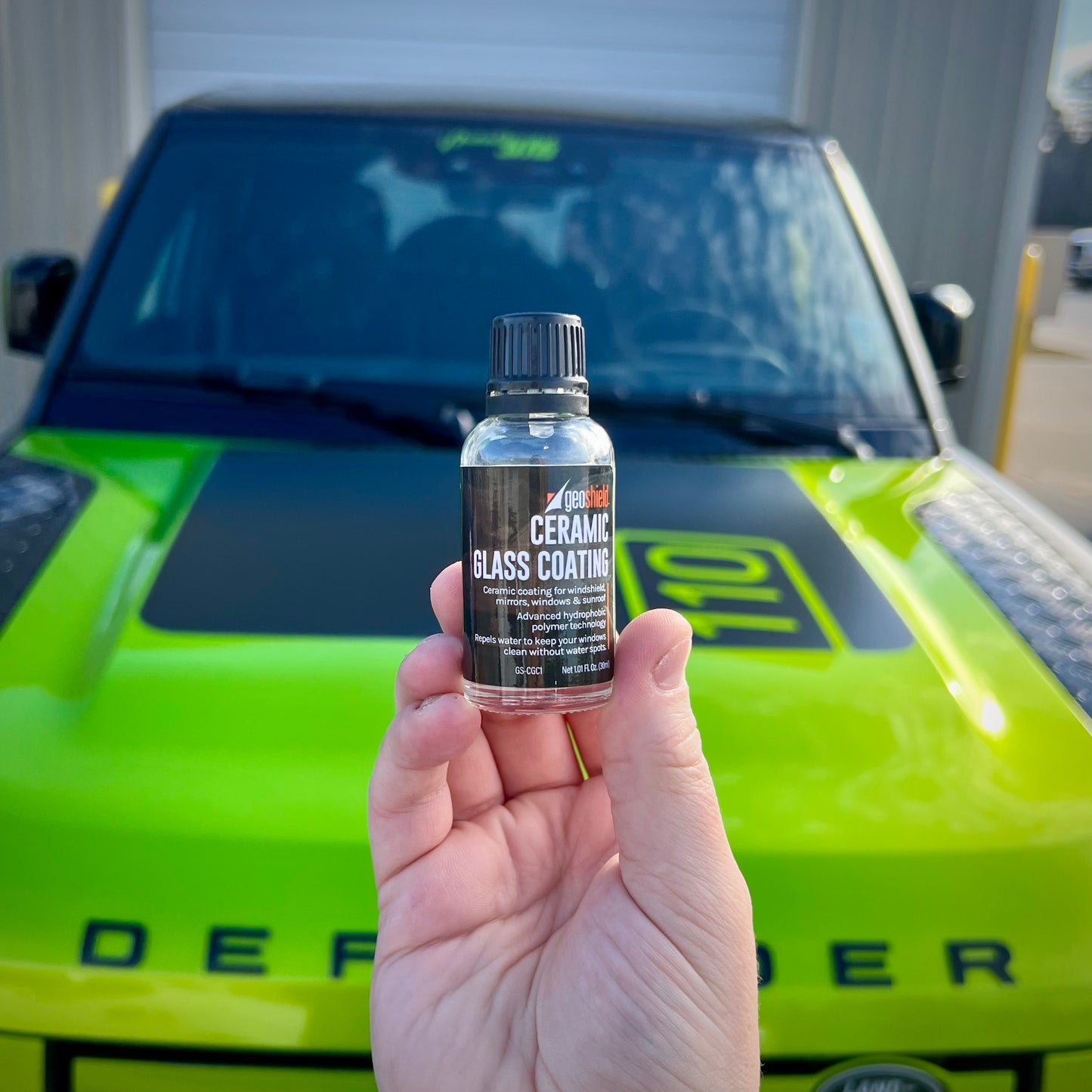Frequently Asked Questions Regarding Ceramic Coating Philadelphia Provider Answered
Frequently Asked Questions Regarding Ceramic Coating Philadelphia Provider Answered
Blog Article
Why Ceramic Finish Is the Ultimate Option for a Perfect End Up
Ceramic finish has emerged as a leading solution for those looking for a perfect finish for their lorries, many thanks to its amazing resilience and safety features. This advanced liquid polymer not only bonds seamlessly with manufacturing facility paint however likewise provides a formidable barrier versus usual dangers such as scrapes, UV rays, and toxic wastes. Moreover, its hydrophobic buildings streamline maintenance while boosting aesthetic appeal. Understanding just how this modern technology compares to conventional methods and exploring its application nuances can disclose even extra regarding its value. What variables genuinely set ceramic covering apart?
What Is Ceramic Coating?

When used correctly, ceramic finishing produces a hydrophobic surface that drives away water and dust, making it easier to clean up and preserve. Unlike standard waxes or sealers, which normally supply short-lived protection, ceramic finishings can last for a number of years, relying on the product quality and application approach. The procedure of using ceramic coating needs careful preparation, including thorough cleaning and occasionally repaint improvement, to make certain optimal bonding and efficiency.
Ceramic finishings are not restricted to automobile surfaces; they can also be used on various products, including glass, metal, and plastics, offering a versatile solution for improving security. In general, ceramic finishing stands for a substantial development in surface defense innovation, integrating both functional and aesthetic advantages for a large range of applications.
Benefits of Ceramic Finish
While lots of surface defense options exist, the advantages of ceramic covering stand out due to its one-of-a-kind buildings and resilient efficiency. One of the main benefits is its phenomenal longevity. Ceramic Coating Philadelphia. Unlike standard wax or sealants that require frequent reapplication, ceramic layers supply a durable layer that can last for several years, dramatically minimizing upkeep efforts
An additional significant benefit is boosted security versus environmental impurities. Ceramic finishes create a hydrophobic surface that repels water, dust, and various pollutants, making it simpler to clean up. This function not only maintains the lorry's look yet also lessens the danger of deterioration and oxidation, especially in harsh weather conditions.
Furthermore, ceramic finishes use superior resistance to UV rays, protecting against fading and deterioration of paint with time. This UV defense is essential for maintaining the visual worth of surface areas and vehicles subjected to direct sunlight.
Furthermore, the shiny coating achieved with ceramic finish boosts the total visual appeal, offering surface areas a showroom-quality shine. In general, ceramic layers stand for a substantial improvement in surface area security innovation, offering enduring benefits that cater to both practical and visual needs.
How It Works
Comprehending the scientific research behind ceramic layers discloses how they provide such exceptional security and longevity. At its core, a ceramic layer is a liquid polymer that chemically bonds with the automobile's factory paint. This bonding produces a protective layer that is both hydrophobic and oleophobic, repelling water, dust, and oil. The main component of the majority of ceramic finishes is silicon dioxide (SiO2), which is stemmed from quartz. This compound contributes to the layer's solidity and resistance to scratches, UV rays, and ecological impurities.
The application process involves several actions, consisting of surface prep work, which is important to accomplishing optimal attachment. Once used, the published here finishing undergoes a healing procedure, during which it hardens and creates a semi-permanent bond with the paint surface. This bond is what distinguishes ceramic coatings from standard waxes and sealants, offering a longer-lasting protective obstacle that can sustain for many years.
Additionally, the density of the layer can improve its protective top qualities, making sure that it can withstand harsh problems. Ultimately, the science of ceramic finishes integrates sophisticated products with cutting-edge application methods to deliver an unequaled level of protection and aesthetic enhancement for lorries.
Contrast With Conventional Techniques
When contrasted to typical paint security approaches such as sealers and waxes,The benefits of ceramic finishes end up being especially evident. While waxes offer a short-term shine, normally lasting a few weeks to a number of months, ceramic finishings supply a resilient safety layer that can sustain for numerous years. This toughness dramatically minimizes the regularity of reapplication, making ceramic finishes a much more cost-efficient service in time.
In addition, typical methods often call for substantial preparation and multiple applications to accomplish a satisfying degree of protection. On the other hand, ceramic coverings bond at a molecular level with the vehicle's surface, creating a durable guard against environmental impurities like UV rays, acid rain, and roadway salts. This bond improves the automobile's resistance to scratches and this page swirl marks, which prevail with standard waxes and sealers.
Furthermore, the hydrophobic residential or commercial properties of ceramic coatings drive away water and dirt, bring about simpler cleaning and maintenance. In comparison, wax and sealant-treated surfaces can attract grime, requiring even more constant washing - Ceramic Coating Philadelphia. Generally, ceramic finishes not just supply exceptional protection yet also supply an extra aesthetically attractive and long-lasting surface, developing them as the favored option for discerning lorry proprietors
Application and Upkeep Tips

Making use of a foam applicator, use the finish in little areas, complying with the maker's standards regarding thickness and overlap. Allow enough curing time in between layers, typically 24 hr, to guarantee correct bonding. After application, it is vital to prevent direct exposure to water or extreme elements for at the very least a week to permit the covering to completely treat.
For upkeep, clean the vehicle on a regular basis with pH-balanced soaps and avoid abrasive materials. Touchless car cleans are suggested to lessen damaging. Furthermore, utilizing a ceramic upkeep spray can enhance the finish's hydrophobic properties and durability. Routine evaluations for any kind of indicators of wear will certainly help preserve the covering's integrity and preserve that excellent surface.
Conclusion
To conclude, ceramic finish arises as a remarkable alternative for accomplishing a flawless automotive finish. Its exceptional resilience, protective high qualities, and hydrophobic residential or commercial properties considerably improve the automobile's look while streamlining upkeep initiatives. By creating a durable bond with manufacturing facility paint, ceramic finishing successfully shields versus scratches, UV rays, and environmental contaminants. With a lifespan expanding a number of years, this advanced remedy not just maintains yet additionally elevates the general aesthetic charm of cars, making it an economical financial investment for cars and truck lovers.

Report this page